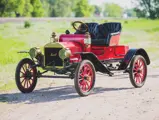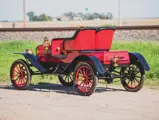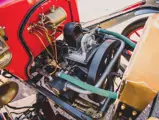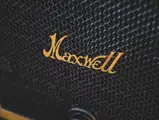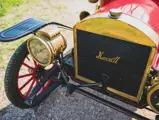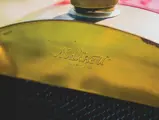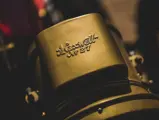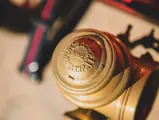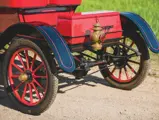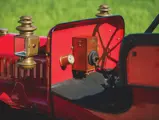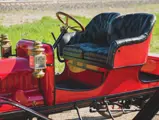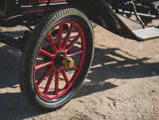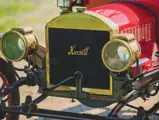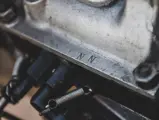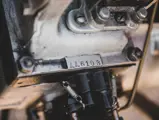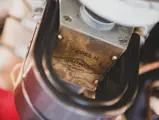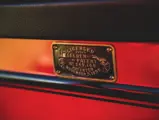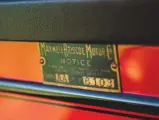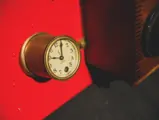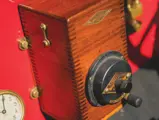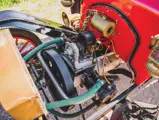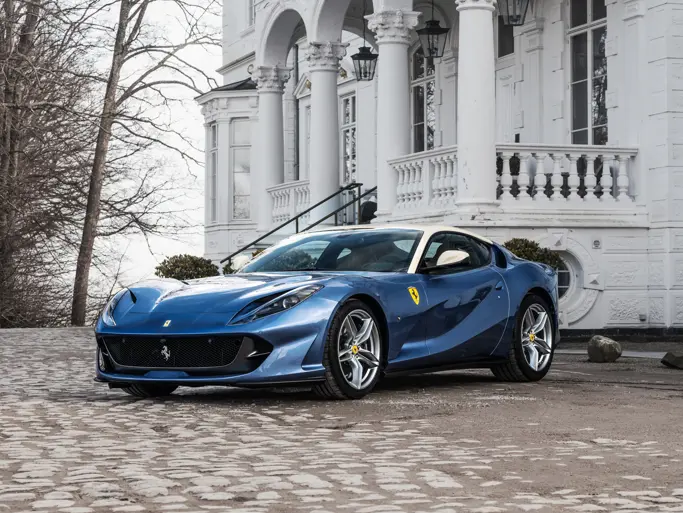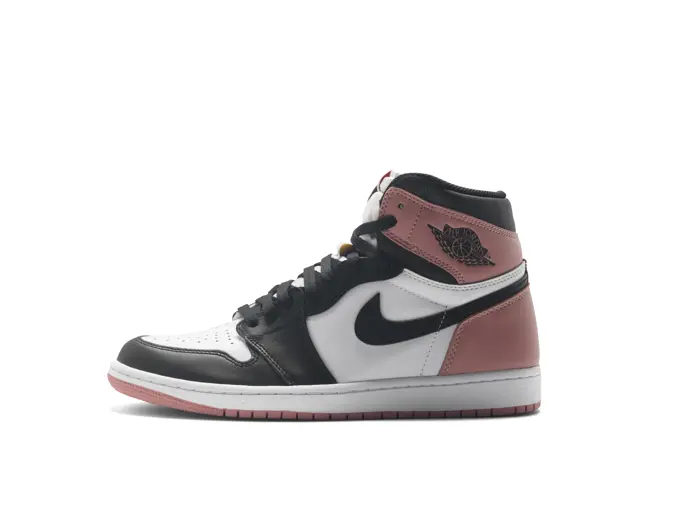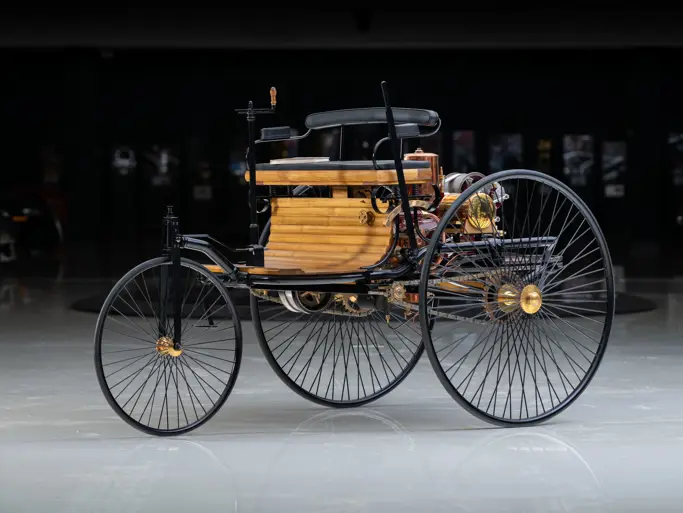Hershey 2019
1910 Maxwell Model AA Runabout
The Merrick Auto Museum Collection
{{lr.item.text}}
$33,000 USD | Sold
 | Hershey, Pennsylvania
| Hershey, Pennsylvania
{{internetCurrentBid}}
{{internetTimeLeft}}

- Archetypal Maxwell runabout
- Correct and quality restoration
- Ideal for one- and two-cylinder tours
- “A splendid little car”
Jonathan Maxwell had worked at both Olds Motor Works and Detroit’s Northern Manufacturing Company. A trained machinist and engineer, he was invited to join industrialist Benjamin Briscoe in a new automotive venture in 1904. Leaving the Motor City, they took over the factory of the Mobile Company of America, a defunct steam-car manufacturer, at Tarrytown, New York. John D. Rockefeller provided most of the start-up capital for the Maxwell-Briscoe Motor Company.
Maxwell designed what the late historian Beverly Rae Kimes described as a “splendid little car,” with a water-cooled twin-cylinder engine with mechanical intake valves, the latter being novel at the time. The two-speed planetary gearbox was typical of the era, but shaft drive was a forward-looking feature. The new Maxwell sold well and was considered, at $750 for a runabout, very good value. Nearly 1,000 cars were produced in the first year. In 1909, sales manager Cadwallader Washburn Kelsey persuaded Alice Huyler Ramsey to drive three female friends across the country to San Francisco in a Maxwell, becoming the first women to make the journey by car. That year Maxwell achieved third place in the industry.
In 1910 the 10 hp Maxwell Model A evolved into the 11 hp AA, gaining four inches of wheelbase in the process. A quality restoration, this car presents well in red with black fenders and broad accent striping. The seat is upholstered in diamond-pattern black buttoned leather. The varnished wood dashboard bears a single instrument: an eight-day jeweled-movement clock. The horizontally opposed twin-cylinder engine is water-cooled and ignited with a Splitdorf ignition system. The lighting comprises a Maxwell No. 4 script brass taillamp and No. 27 acetylene headlamps, fueled by a carbide generator on the left running board.
A natural for one- and two-cylinder tours, it is an archetypal Maxwell from the company’s earliest years.

